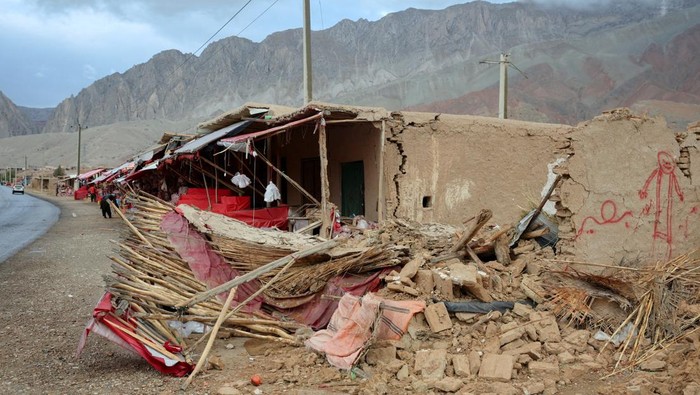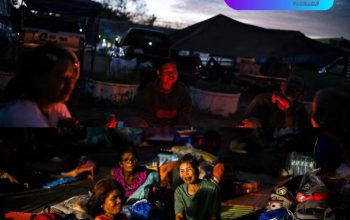Introduction
The scale of the catastrophe became immediately clear when reports began arriving that buildings destroyed in Afghanistan quake were numbering in the thousands across remote mountain villages. In the early hours, a powerful tremor ripped through parts of eastern and northern Afghanistan, leaving communities reeling as homes, shops and public infrastructure collapsed under the shock.
The event and its impact
Late on 31 August 2025, a magnitude 6.0 earthquake struck eastern Afghanistan, centred near Nurgal District in Kunar Province at a remarkably shallow depth of 8 km. Wikipedia+2Al Jazeera+2
This shallow depth meant the shaking was intense and widespread. According to local and UN-coordinated reports, more than 8,000 homes were either destroyed or severely damaged in the worst-hit zones. The Independent+1 Government figures suggest over 2,200 people lost their lives, while many thousands were injured and displaced. Al Jazeera+1
Across provinces such as Kunar, Nangarhar Province, Laghman Province and beyond, entire villages were levelled, with victims struggling to dig through rubble, salvage what remains of their lives and await help. Al Jazeera+1
Why the destruction was so extensive
Several interlocking factors magnified the disaster:
- The quake’s shallow hypocentre ensured violent ground motion, increasing the odds of collapse for weak structures. Al Jazeera+1
- Many of the affected dwellings were constructed from mud-brick, wood or unreinforced masonry, materials particularly vulnerable to seismic waves. The Guardian
- Geographic and infrastructural constraints: steep terrain, landslides and blocked roads hampered rescue access and the rapid delivery of aid. Al Jazeera
- The crisis came atop already strained humanitarian and construction conditions in Afghanistan, meaning resources were thin and building standards low. Reuters+1
The human cost and ongoing crisis
The images from the field show families in shock, digging through debris, others sleeping outdoors fearing aftershocks. One village had 95 % of homes destroyed and people mourning multiple lost relatives. Wikipedia+1 Cold nights, lack of shelter, damaged clinics and disrupted water supplies add to the urgency. Humanitarian agencies warn that without rapid support the disaster will become inter-generational, with children losing school years, homes and stability. Reuters
Response, challenges and what comes next
Local authorities and the United Nations have deployed teams and pledged aid, but the reach remains limited. Remote villages remain unreachable due to landslides, blocked roads and damaged bridges. Al Jazeera+1
Recovery will require not only emergency shelters and food relief, but also rebuilding in a more earthquake-resistant way. Experts argue this is a chance to shift construction practices, improve building codes and reduce future losses. Center for Disaster Philanthropy
But given funding constraints, sanctions, and governance challenges, there is heavy concern that many communities will be left behind. The region may face long-term displacement, lost livelihoods and a deeper cycle of vulnerability.
Why this matters globally
While earthquakes are a common recurring threat in Afghanistan, this event underscores how quickly weak infrastructure, remote terrain and limited preparedness turn a natural tremor into a humanitarian disaster. The fact that thousands of buildings were destroyed in this single event means that the scale of displacement, reconstruction and psychological trauma is immense. For global aid, development and disaster-risk reduction agendas, this disaster offers a stark reminder: building resilience is as critical as rapid response.
Conclusion
The tragedy of so many buildings destroyed in Afghanistan quake shows that the impact of a seismic event is not only measured in magnitudes or numbers of casualties, but by the profound loss of homes, security and futures. As rescue operations continue and the rebuilding begins, the focus must shift from mere recovery towards resilience: strengthening structures, preparing communities and ensuring that this devastation becomes a catalyst for safer, more sustainable development rather than a recurring heartbreak.



